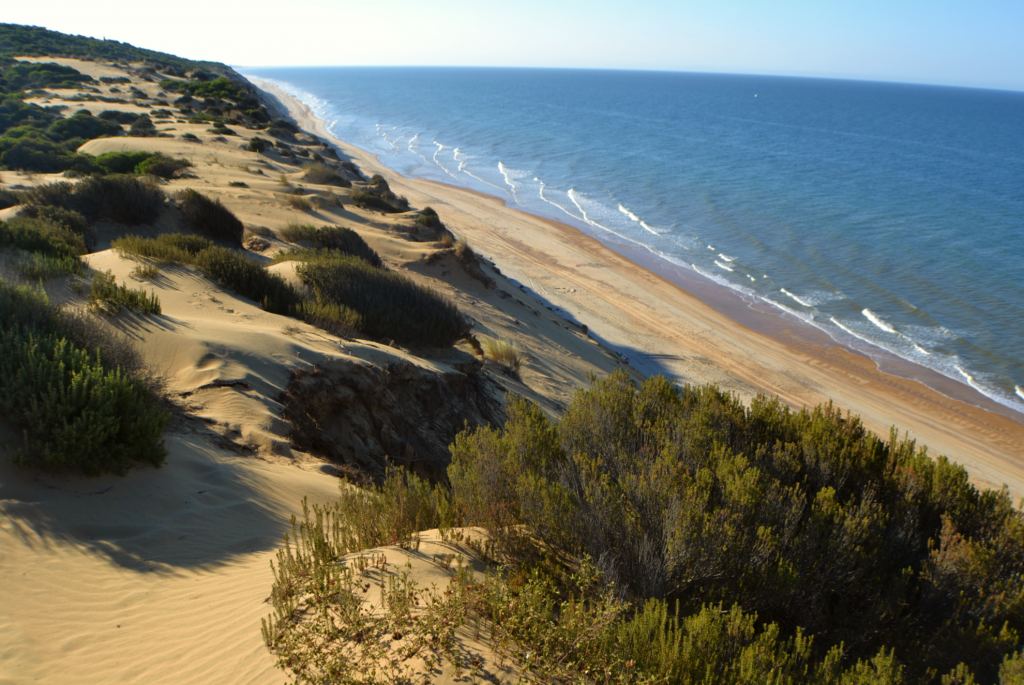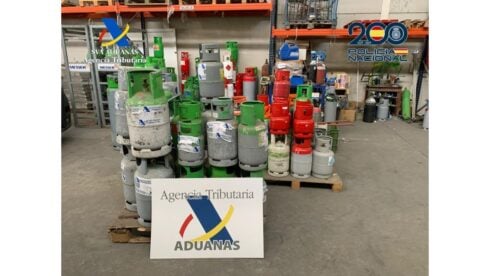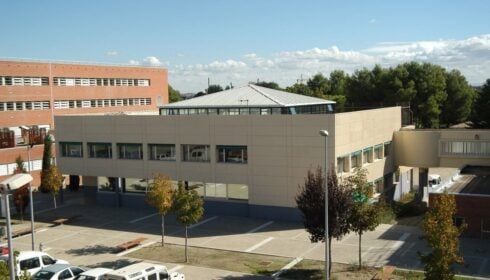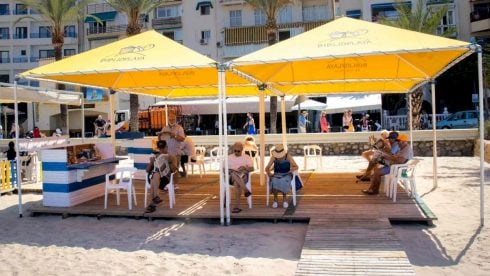HUELVA boasts to being the province in Spain with the largest area of protected natural areas, an immense 319,110 hectares—six times more than 42 years ago.
In 1980 the protected land in Huelva stood at 43,532 hectares, but over the years, the surface area of protected natural spaces has increased.
Between 1980 and 1983, the area of protected areas in the province of Huelva stood at 43,532 hectares, rising to 50,717 hectares in 1984, a figure which remained unchanged until 1989.
In 1989 a notable increase took place, rising to 301,998 hectares thanks to the publication of the Law 2/1989, of July 18, by which the Inventory of Protected Natural Spaces of Andalucia was approved and additional measures were established for its protection and included emblematic places like the Doñana National Park, El Portil Lagoon, the Enebrales de Punta Umbría, the Estero de Domingo Rubio, the Palos and Las Madres lagoons, the marshes of Isla Cristina, the marshes of the river Piedras and the Marismas del Odiel Natural Site (Biosphere Reserve). In addition, the area around Doñana and the Sierra de Aracena y Picos de Aroche were declared natural parks.
After this, the province maintained the same number of hectares for ten years and in 1999 it reached 302,281 hectares, a figure which increased slightly between 2001 and 2004 – when it rose to 302,420 hectares – and reached 319,110 hectares in 2010 after being given the the green light for the extension of the territorial scope of the Doñana Natural Park – which was carried out in 2011.
Andalucia itself is the Autonomous Region in Spain with the most protected nature areas, and each and every one is outstanding in its own right and all contribute to Andalucia’s special charm.
READ MORE:
- Rare arrival of penguin on beach in Spain’s Huelva
- Ham-carving competition in Huelva declared best in Spain—followed by Ronda
Click here to read more Huelva News from The Olive Press.








